Clipping to help overweight horses and ponies lose weight
Hall Farm Yard Supervisor Adele tells us how clipping can be a really useful weight management tool, especially for horses and ponies who can’t be worked.
Posted on 04/10/2022
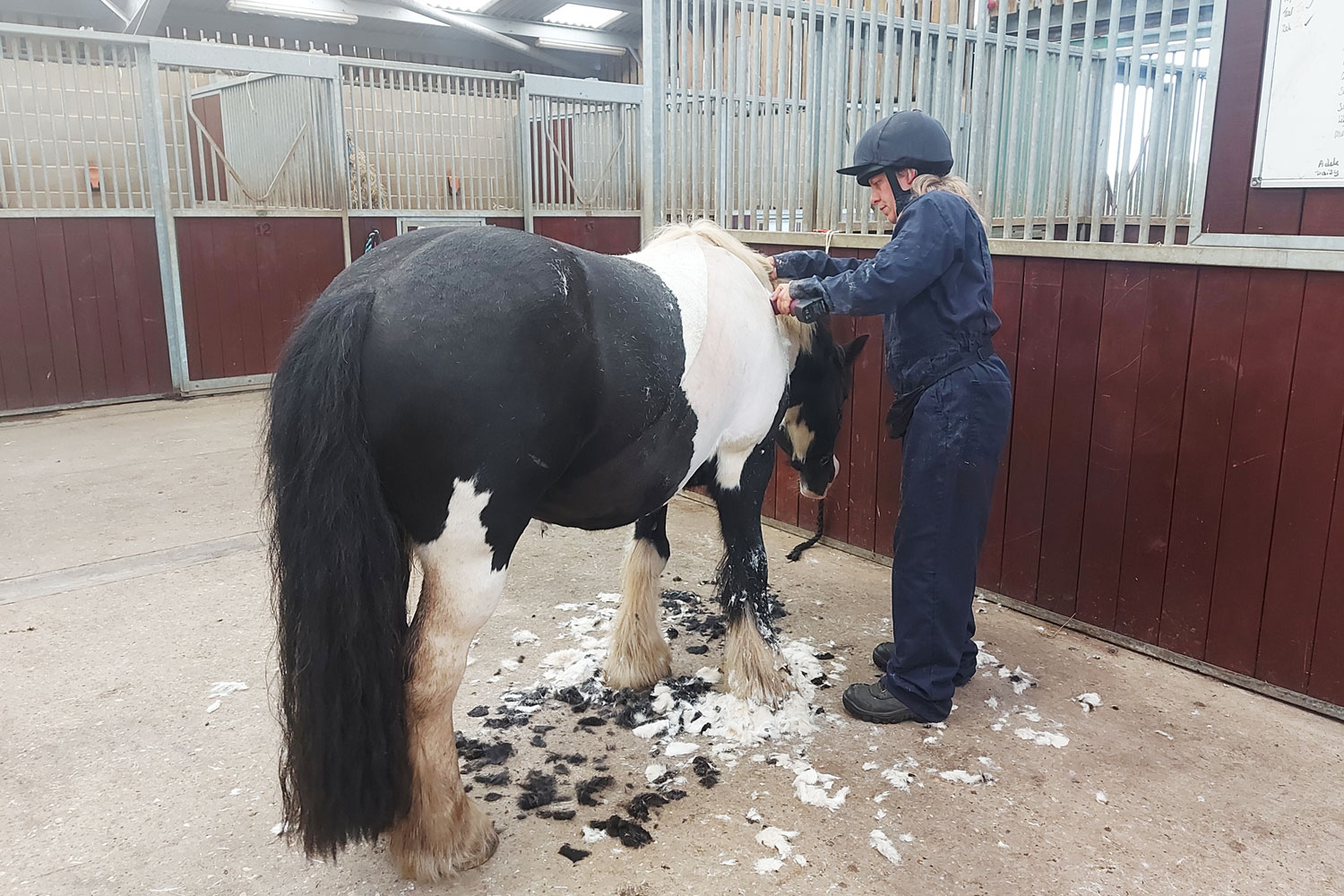
As well as clipping our horses who are in work to stop them sweating with thick winter coats, we clip quite a few of our horses and ponies in the colder months for weight management purposes. Especially for those who can’t be worked, clipping them throughout the winter can be a very useful tool to help control their weight. Any ponies which are having their weight managed through clipping (and therefore will not be rugged) will need to have access to decent shelter 24/7 and, like any horse, appropriate forage.
We fat score our horses and ponies regularly throughout the year and any who have a body condition score of 4 or above (out of 5) in September or October will be clipped to help them lose weight over the winter. It’s natural and healthy for horses to lose a bit of weight over winter but some of our ponies need to lose a bit more, which is where clipping can help. Usually, they will then be clipped again on a monthly basis until spring, by which stage they should be a much healthier weight.
You’ll want to decide what kind of clip you’re going for before you start. For a first clip, you may prefer to just do a bib clip, taking the coat off their chest and underside of their neck. Something worth remembering is that you can always take more off but you can’t put it back on!
An Irish clip can be a good in-between option for weight management – for this you’re aiming to run a line down their neck straight to their stifle and take off everything below that. The line can be higher or lower depending on how much coat you want to take off. This can also be a good clip for horses in light work. If your horse is doing more work, you might consider a trace or a blanket clip.
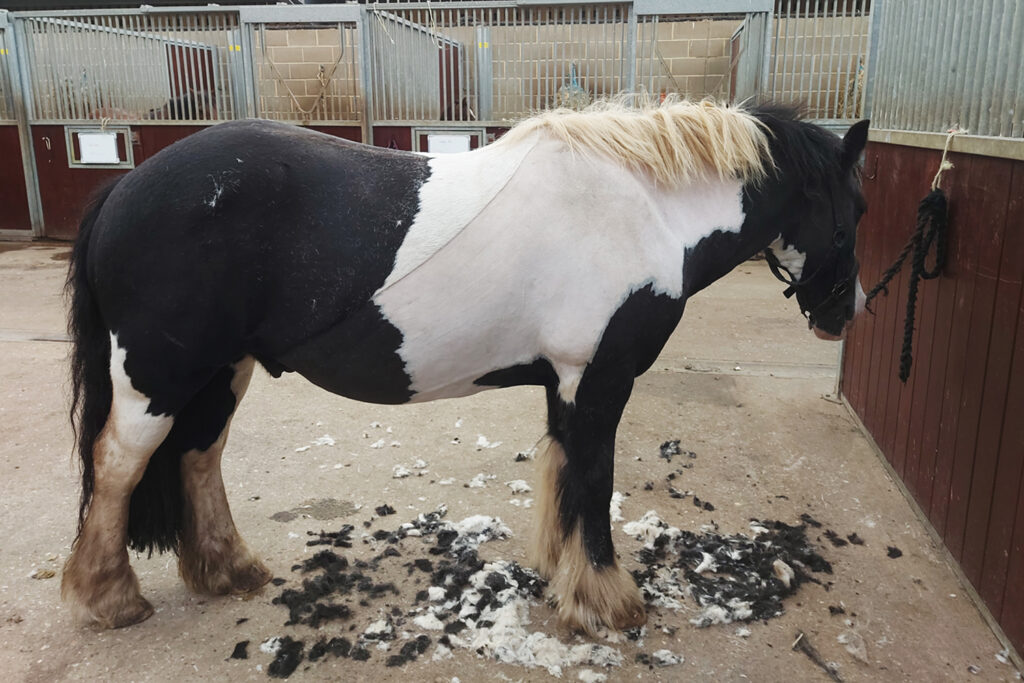
If your horse or pony needs a real helping hand to get weight shifted before spring, you can clip from stifle to withers, so everything comes off their neck, chest, shoulders and belly, but they still have their mane and a good “blanket” of coat over their back and hindquarters (as shown above).
Depending on what kind of clip you choose, you might want to mark the lines out with chalk so you know where you’re aiming for. Some people just mark particular points to make sure the two sides will be level and then clip from dot to dot. At the end of the day, nobody can look at both sides of your horse at once anyway!
Not clipped your horse before or don’t know if they’ve been clipped previously? You can find our advice page on getting your horse used to clippers here.
Other useful weight management resources
Topics
Related News

Charities combine strength for the benefit of horse welfare
Staff at Hall Farm and Penny Farm welcomed groups of new RSPCA recruits for training.
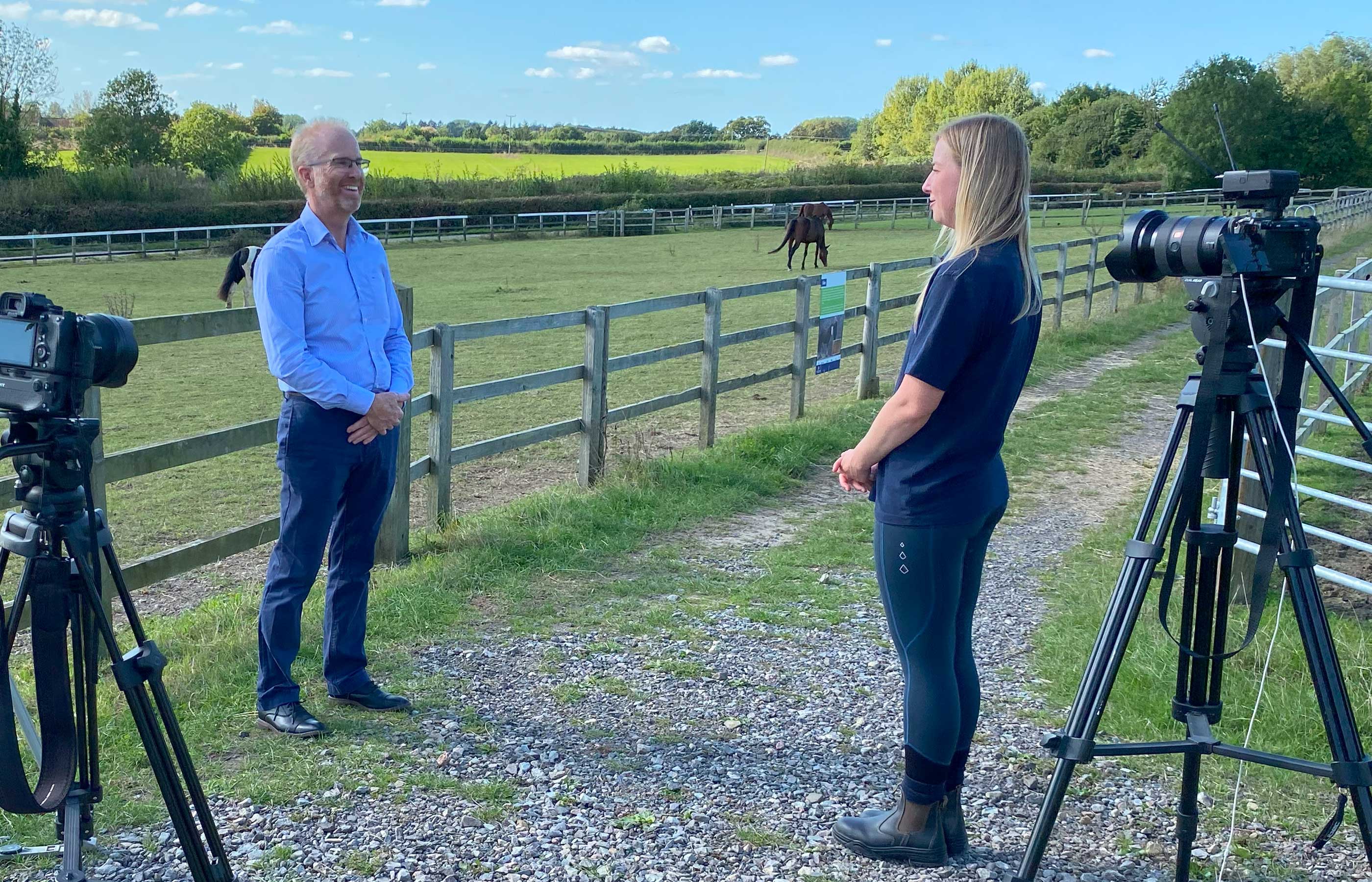
Revealing the interconnectivity of hormones, insulin, and laminitis
The sixth episode of 'Horses Explained' reveals the role of insulin in laminitis and how the condition can affect any horse.
Recommended Blog Posts

The rescue of 70 unhandled Icelandic horses
We catch up with Deputy Chief Field Officer Jon, to find out why rescues like this are lifesaving.
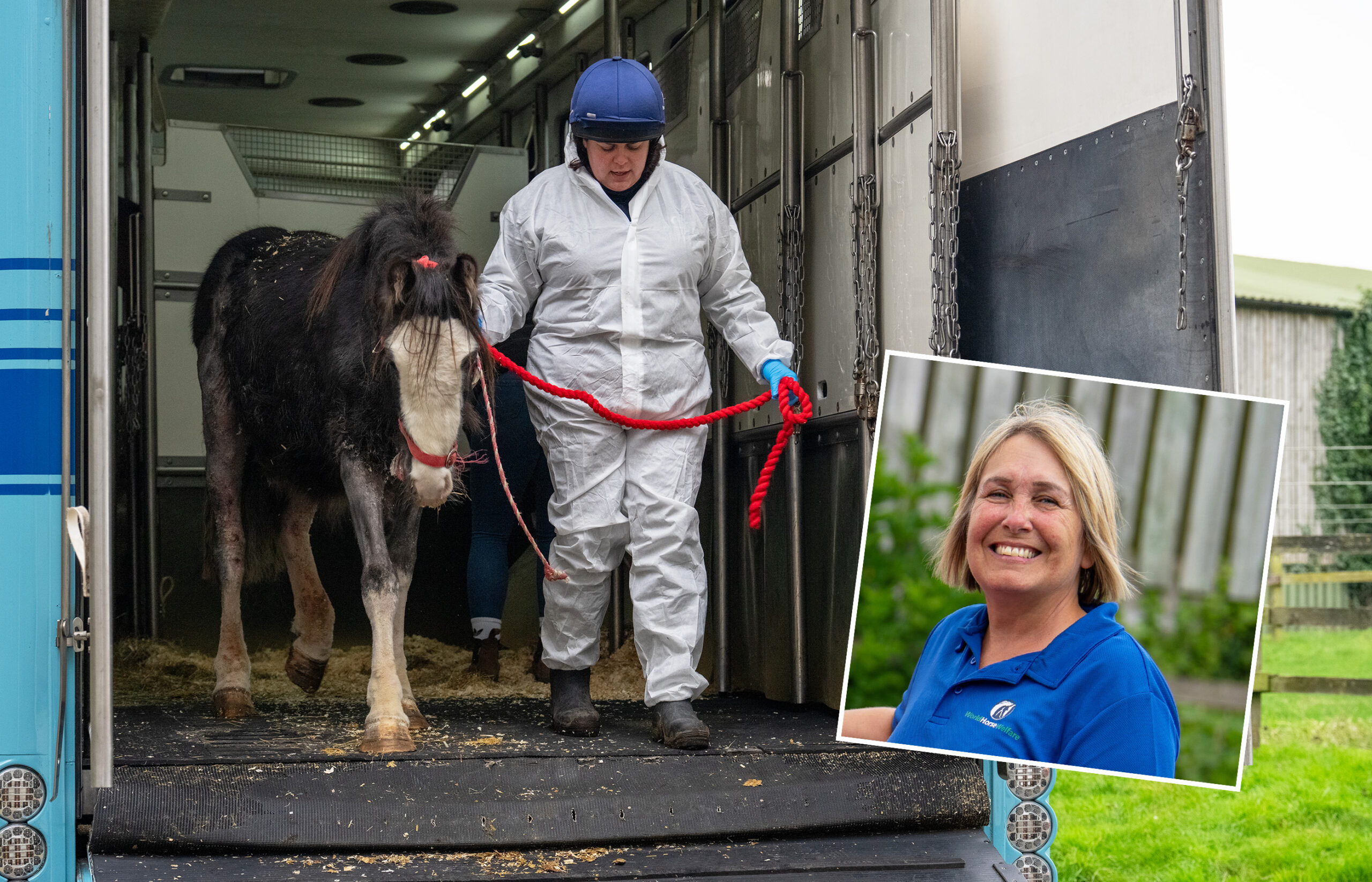
The Trafficked 20 – life in our care
Our Hall Farm Manager fills us in on how the horses rescued from illegal smuggling have settled into our care and continue to recover.
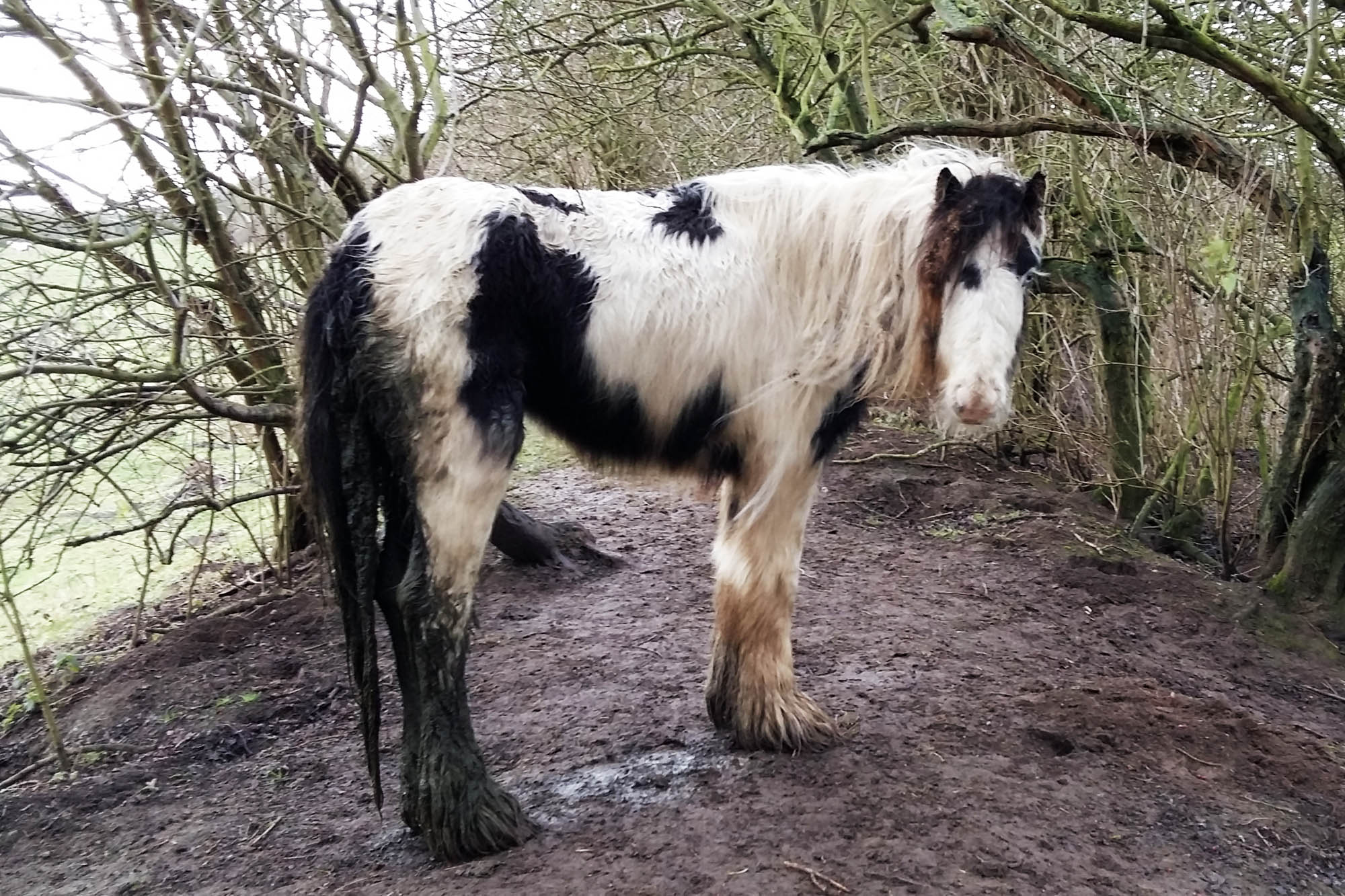
A busy start to life as a World Horse Welfare Field Officer
One World Horse Welfare Field Officer describes what it's like to join the team.
Enjoy reading stories like this?
Join over 65,000 other horse lovers and sign up for our email newsletter

Join over 65,000 other horse lovers and sign up for our email newsletter
Sign me up now